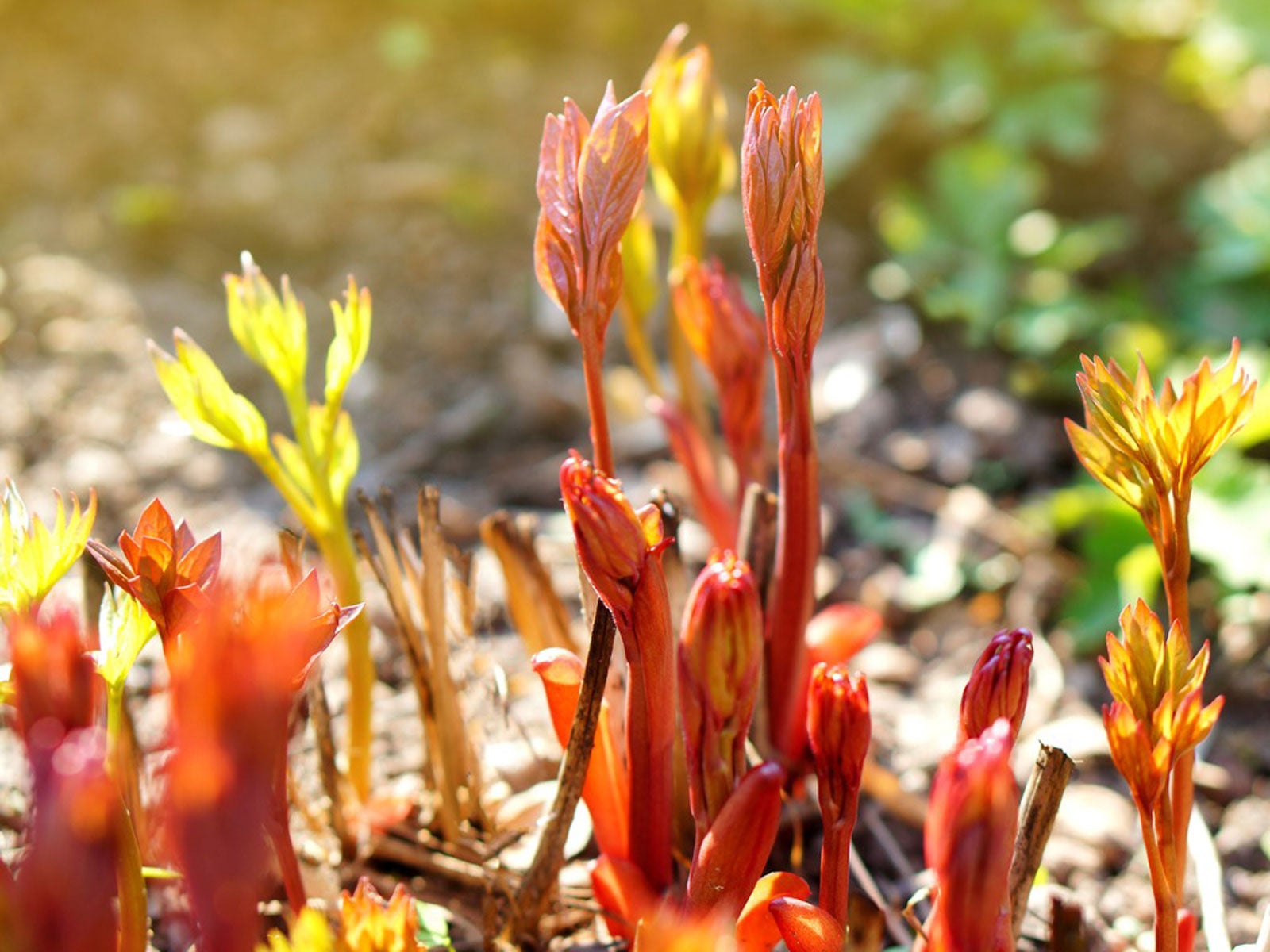What Are Basal Cuttings – Learn About Basal Propagation


Perennial plants reproduce themselves, with new additions each year. That new growth you see around the edges of hostas, Shasta daisies, lupines, and others is new to the original growth from the previous year. Multiple stems increase the size of the existing plant, or you can take basal plant cuttings for entirely new plants.
What are Basal Cuttings?
Simply put, basal means bottom. Basal cuttings come from the new growth that shoots up at the plant’s edges on those that grow from a single crown. They become a cutting when you use a sharp tool to remove them around ground level, near the bottom.
If you wish to go a little further, you can dig and get the new roots that are attached. However, this is not appropriate for plants growing from a taproot. Basal propagation requires planting so that new roots develop.
How to Take Basal Cuttings
Take basal cuttings in early spring. Stems of the cuttings should be solid at this point, as growth begins. Later in the season, stems may become hollow. Take hold of a new plant that’s developed around the outer edge and clip it near the bottom with sharp, clean pruners. It is important to clean your pruners between each cut, as the basal area where plants grow is especially susceptible to fungal and bacterial disease.
Plant cuttings into porous, clay containers filled with new, dampened soil. You may apply rooting hormone to the clipped end if desired. If temperatures allow, keep the containers outside until rooting happens. If not, put plants that were rooted back outside through the hardening off process.
Sources say these cuttings develop best if planted near the edge of the container. You can test this theory by planting one in the middle too and see which cuttings root more quickly. Cuttings need oxygen to develop, hence the use of clay containers.
You can encourage rooting by using bottom heat or putting a plastic sandwich bag over each container to create a greenhouse-like atmosphere.
Gardening tips, videos, info and more delivered right to your inbox!
Sign up for the Gardening Know How newsletter today and receive a free copy of our e-book "How to Grow Delicious Tomatoes".
Rooting time varies by plant, but most root within a few weeks. Plants desire growth this time of year. Roots are developed when there is resistance to a slight tug on the cutting. When you see new growth or roots coming through the drainage hole, it is time to replant into single containers or the flower bed.

Becca Badgett was a regular contributor to Gardening Know How for ten years. Co-author of the book How to Grow an EMERGENCY Garden, Becca specializes in succulent and cactus gardening.